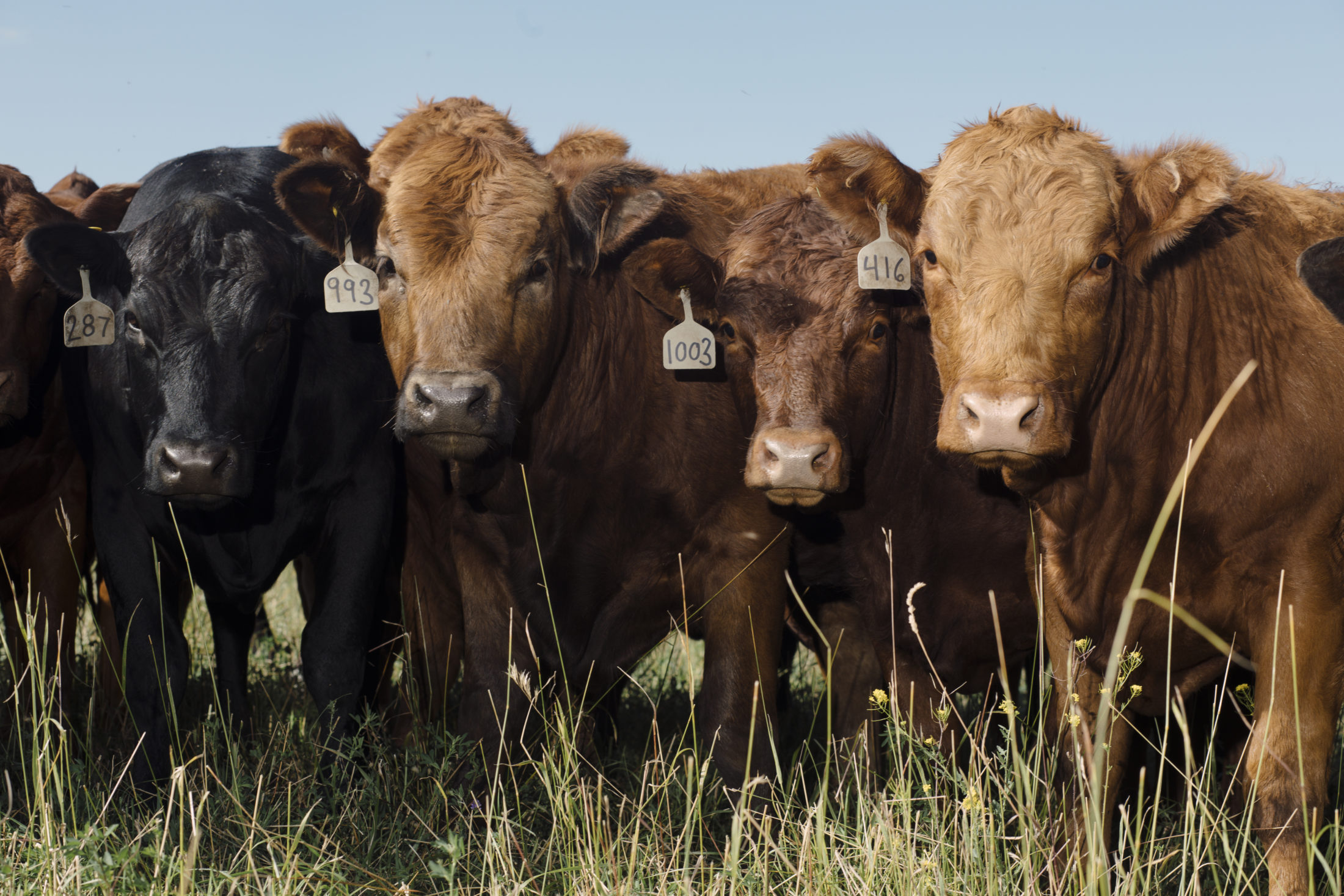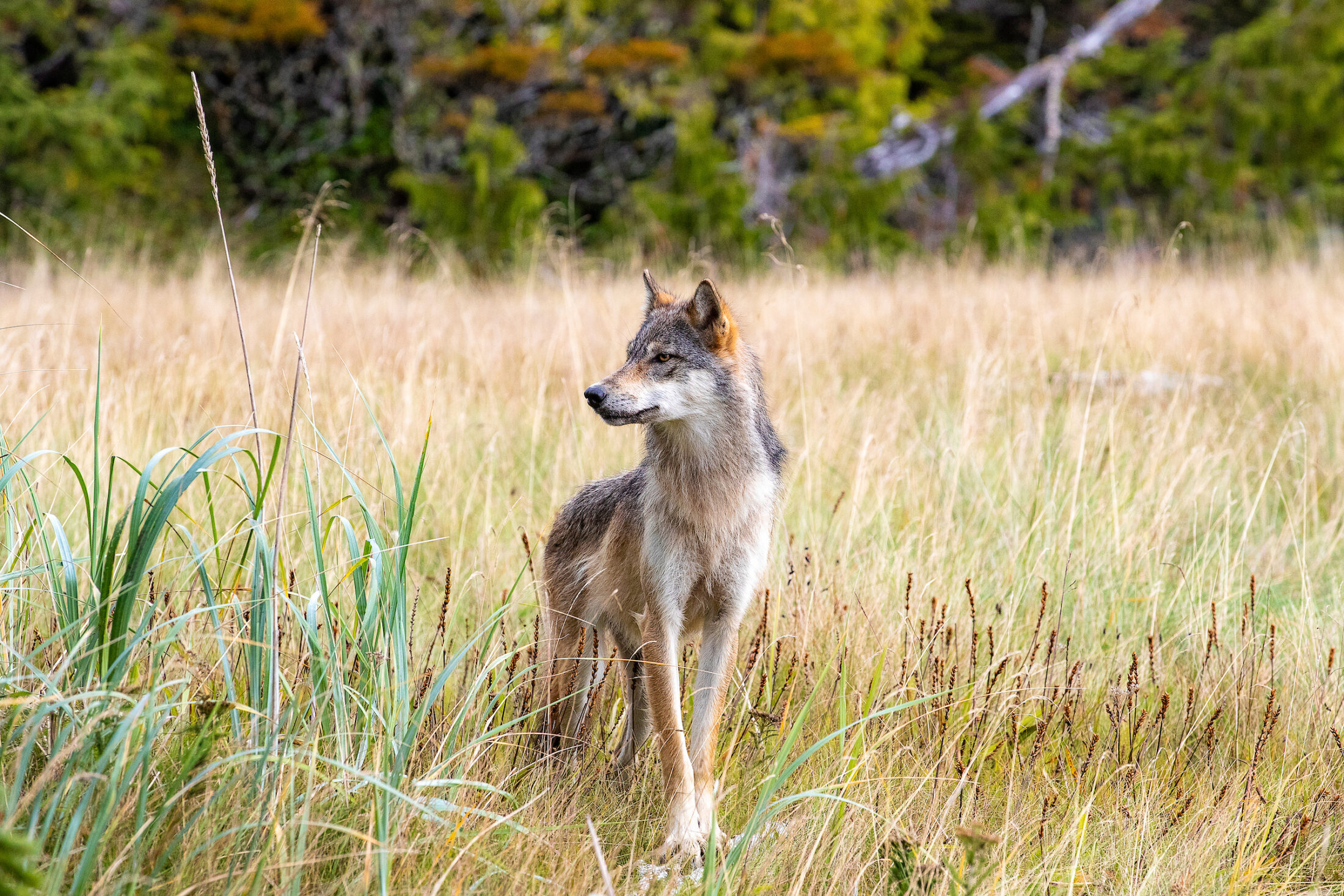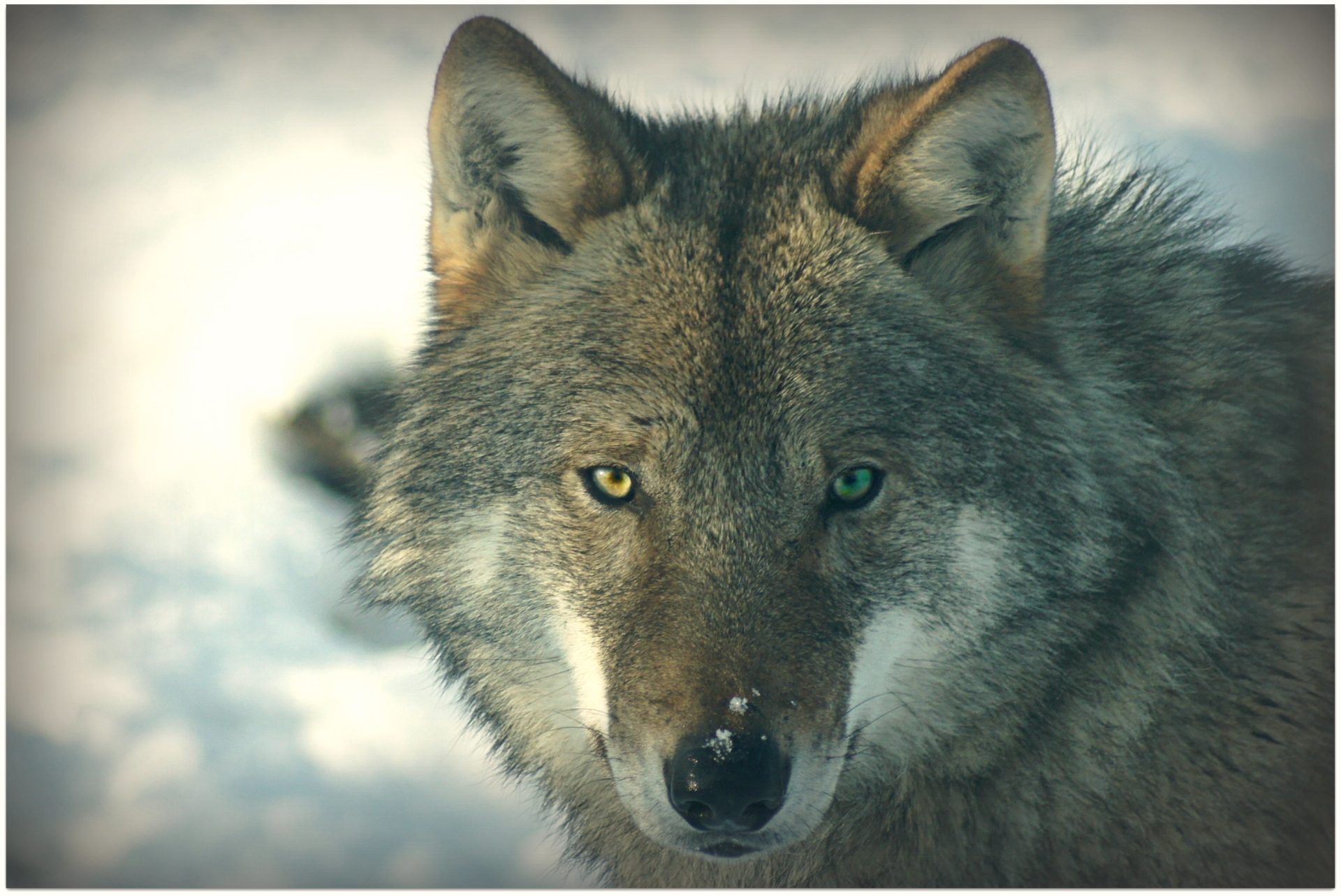
The federal government ‘sees a long-term future for the oilsands.’ Here’s what you need to know
An internal document obtained by The Narwhal shows how the natural resources minister was briefed...
The B.C. Cattlemen’s Association paid trappers more than $500,000 for killing nearly 700 wolves in just over four years under a provincially funded program designed to reduce livestock predation, according to a document obtained from the province.
The association’s Livestock Protection Program allows trappers to kill entire wolf packs, including juveniles, if the predators kill, injure or harass even one cow or sheep.
“We are already seeing some positive results in the areas where we have had persistent predation issues,” according to the program’s latest status report. “Undeniably, targeting problem packs and eliminating them have reduced producer losses.”
A total of 684 wolves and 314 coyotes were killed on provincial Crown lands and private ranch lands between Jan. 1, 2016, when the program started, and March 31, 2020.
Trappers typically receive $350 plus gas mileage to set their traps and $750 per wolf on the condition they take out the entire pack (typically five or six animals) and destroy the hides, according to Kevin Boon, the association’s Kamloops-based general manager. Coyotes, which hunt solo or in pairs, are worth $250 each.
The Ministry of Agriculture contributed $450,000 to the program in the fiscal year ending March 2019 and slightly less in previous years, according to the report.
“We are confident that we are providing a necessary service that is well developed, responsibly delivered, and, to the majority, socially acceptable,” the program manager wrote in the status report, which calls the program “very responsible and effective.”
Not everyone agrees.
News of the Livestock Protection Program came as a shock to a leading wolf advocate.
“The numbers are staggering, unbelievable,” said Ian McAllister, co-founder of Pacific Wild.
McAllister is calling for an immediate suspension of the program pending an independent review and the implementation of an education campaign.
“There is so much evidence and information that shows that education and best practices and animal husbandry in the ranching community will allow wolves to coexist with livestock,” he said. “We know that’s the case.”
The B.C. Conservation Officer Service typically responds to public complaints about predators, including bears and cougars, but handed over wolf and coyote livestock predation issues to the B.C. Cattlemen’s Association in 2016.
“It didn’t rank high on their priority list of things to do,” Boon said. “It kind of got fit in if they could do it.”
According to the status report — which covers Jan. 1, 2016, to March 31, 2019 — 1,293 livestock were killed, injured or harassed by wild predators, including 819 calves, 170 beef cows, 138 lambs, 91 ewes and 59 beef yearlings. The majority of attacks happened in the Interior.

In just over four years, 170 beef cows were killed, injured or harassed by wild predators in B.C. Photo: Amber Bracken
The report suggests declining deer and moose populations are driving predators to hunt livestock and says the program “does not address the much more serious problem of how wildlife is managed.”
“There will be no successful recovery of the deer and moose, that are the traditional staples of the predator’s diet, until we do a better job of managing predators,” it says. “Until this is realized, the problem we face with livestock will continue and there will never be an opportunity for the other wildlife species to recover.”
When ranchers discover livestock that has apparently been killed, injured or harassed by predators, they notify the B.C. Cattlemen’s Association’s Livestock Protection Program, kickstarting a process to verify if the livestock was indeed killed by a predator.
Ranchers can verify kills of their own livestock if they have completed a one-day training course offered by conservation officers. Almost 800 individuals are trained verifiers, according to the status report. Photos must be taken to help substantiate claims.
More than 50 trappers working under contract with the Livestock Protection Program — known as “wildlife specialists” — can also verify kills. To earn a trapping licence in B.C., one must complete a three-day education course.
Once a predator kill is verified by a rancher or a wildlife specialist, the coordinator of the Livestock Protection Program, a representative of the Conservation Officer Service and a Ministry of Agriculture staffer review the file. The goal is to complete the multi-level case review within 48 hours. If everything checks out, a trapper is assigned to take out the pack.
Wildlife specialists bait their traps with meat the wolves would naturally eat, such as deer, and set them within a 500-metre radius of a kill site. They’re required to check them daily.
Padded leg-hold traps are mostly used because they allow for the potential release of wildlife accidentally captured, Boon said. Provincial conservation officers are often called to tranquilize and release larger animals.
The report says 81 “non-target” animals were released or dispatched through March 2019, including bears, cougars, foxes, badgers, lynx, bobcats, deer, raccoons, eagles and even nine domestic dogs. Of 68 cases in which specifics are provided, 45 animals were released while 23 died.
In some cases, wolf trapping has been suspended due to grizzly activity in the Kootenay region. “One guy caught the same bear three times,” Boon said.

The B.C. government’s census of wolves estimates the population falls somewhere between 5,300 and 11,600. Photo: Ian McAllister / Pacific Wild
As part of the program, ranchers are expected to be proactive about reducing predation on their livestock, adopting at least “one or two” of several best practice measures, according to Boon.
Those measures include: disposing of livestock carcasses where scavengers do not have access; bringing in injured livestock to discourage further attacks; riding the range to identify predator problems as soon as possible and using guard dogs, fencing and repellents such as bells, radios, night lighting and motion sensors.
Under a separate program, funded 60 per cent by the federal government and 40 per cent by the province, B.C. ranchers receive compensation for livestock lost to predators. More than $900,000 in government compensation was paid out from January 2016 to March 2020.
But Boon said ranchers are typically only compensated for five to 10 per cent of actual losses because some animals can’t be found and some kills can’t be verified.
Doug Donaldson, minister of Forests, Lands, Natural Resource Operations and Rural Development, declined to be interviewed, but the ministry provided a statement saying most wolves avoid livestock, even in backcountry areas, so conflict is not inevitable but rather occasional.
B.C. ranchers frequently graze their cattle in the backcountry during the growing season to access forage, then return to their home ranches for winter. Last year, 57 wolf kills occurred on Crown land compared with 66 on private land.
The ministry said taking out entire packs is the most effective strategy since packs are thought to “function as fully integrated units,” rather than just one or two members preying on livestock.
As for program oversight, the province points out that all files are reviewed to ensure “accurate evidence to support an attack by a predator.”
The ministry statement said conservation officers may also conduct compliance inspections to ensure wildlife specialists are operating in accordance with permits.
The province said the use of the “producers themselves to undertake verification is essential because they are the people who, in areas that are often remote, are positioned to collect evidence in a timely manner.”
It added: “To avoid conflict of interest, the verification process is just an application; government staff make the final decision based on available information.”
One way to distinguish a predator kill — as opposed to scavenging livestock that died of other causes — is to look for bruising, which suggests “the animal was alive when it happened,” Boon said.
Cattle may die on the range for various reasons unrelated to predation, including diseases, rustling or even lightning strikes. Ravens are also capable of killing newborn calves.

Trappers are encouraged to kill entire wolf packs because they are thought to “function as fully integrated units,” rather than just one or two members preying on livestock, according to the B.C. Ministry of Forests, Lands, Natural Resource Operations and Rural Development. Photo: Patricia van Casteren / Flickr
Paul Paquet is a senior scientist at Raincoast Conservation Foundation and adjunct professor at the University of Victoria who has studied wolves around the world, including in B.C., since 1979.
His concerns with the cattlemen’s program are numerous: level of program compliance and oversight; the ability of individuals to distinguish between predation and scavenging; humaneness of trapping and the ecological impact of taking out apex predators.
Killing an entire pack may provide ranchers with temporary relief, he noted, but it opens up an area for colonization by a new pack.
“Wolves, being resilient and looking for new areas, move in right away,” he said. “It keeps repeating and repeating.”
Paquet added: “There is predation. It’s real. On the other hand, maybe that’s a cost of operation, a risk you face, particularly on public lands.”
Get the inside scoop on The Narwhal’s environment and climate reporting by signing up for our free newsletter. On March 17, federal Conservative Leader Pierre Poilievre...
Continue reading
An internal document obtained by The Narwhal shows how the natural resources minister was briefed...

Notes made by regulator officers during thousands of inspections that were marked in compliance with...

Racing against time, dwindling habitat and warming waters, scientists are trying to give this little-known...
